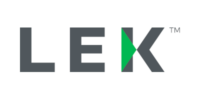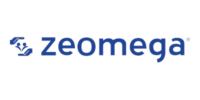Medical Economics October 28, 2019
In 2018, 35.8 percent of total U.S. healthcare payments were tied to two alternative payment models (APMs), according to a new study from the Health Care Payment Learning & Action Network (LAN).
This is an increase from 34 percent in 2017 and is part of a larger trend in healthcare payments reform since the LAN was established in 2015, when only 25 percent of healthcare payments used these APMs.
The study was built on traditional Medicare data as well as data from 62 health plans and seven fee-for-service (FFS) Medicaid states, representing a total of 77 percent of all insured people in the country.
A further breakdown of the findings shows the amount of healthcare dollars received through two...







